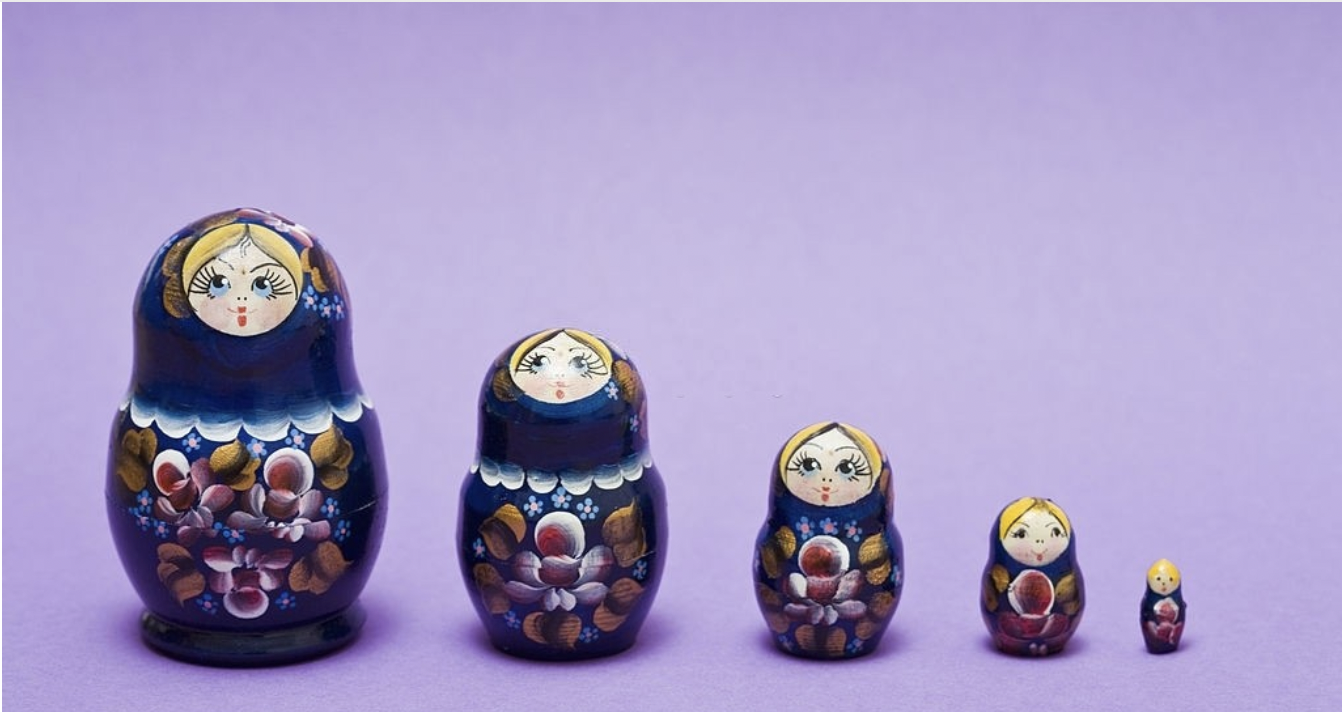
You’ll be amazed the speed with which companies make decisions based on evidence that you are changing or will change your buying considerations. We pore through Brand Health Trackers (BHTs) and Consumer Reports looking for trends, connecting dots, decoding new developments in how you’re now choosing to spend your GHC 1.
The Wazobia Effect
The most significant learning, which has shaped the Marketing Business Strategy (MBS) for the biggest Fast Moving Consumer Goods (FMCG) companies in West Africa, is the concept of Popular Price Parity (PPP). In Nigeria, it’s the ‘WAZOBIA Effect’, where every manufacturer tries to get a mini size of their product out in the market they can sell for 50N. So you see ultra midget-size toothpastes, cooking oil, milk powder, liquid soap…even sausages (just kidding) on the market. The Wazobia/ 50N size makes products accessible to the masses, and that’s where the money is.
For decades Peak Milk had been the king of milk in Nigeria, with no chance for competition. Cowbell broke through when they came with milk powder in small (single serve) sachets. It enabled a price point that made creaming breakfast possible and affordable to everyone. It was a big hit!
Value Vs Volume
Over the years, even though the middle class has grown, people have become more price-sensitive, giving preference to small-sized things that sell at low prices. Brands have realized that it isn’t a fad, it’s come to stay. Innovations are constantly on-going to see how everything you see in your neighborhood shop can be packaged in small sizes.
Top aspirational brands that only the rich could afford before, realize how arrogant and suicidal it is to stay niche; it’s in making your products smaller that you can recruit new users who will hopefully stay with your brand as they rise up the economic ladder. The rich shoppers drive value…which is good, but the masses drive volume, which is better.
The rich shoppers drive value…which is good, but the masses drive volume, which is better.
Behind The Smoke Screen
Even though you can now get all these top brands in small sizes for coins, it’s actually more expensive. In almost all cases, the price per gram of a small pack is higher than the price per gram of jumbo packs. Classic case of rich getting richer (saving more) and poor getting poorer, though it looks like a good deal in ‘now terms’.
My pet peeve though is the impact of small size goods on the environment.
Small packs mean lots more wrappers and waste choking gutters and dirtying everywhere. So at the end of the day, even though it looks like a win-win for everyone, is it really worth it? Is it really a good idea to make things in smaller sizes?
PS: Originally written in July 2020 @ https://www.linkedin.com/pulse/why-do-make-things-small-sizes-benjamin-anyan/
PSS: Don’t keep! Share…& then subscribe ok ?
Anyan | WRITER
I'm a Regional Creative Director in a world where everyone is always questioning what the heck gives anyone the right to think he knows enough to talk about anything.